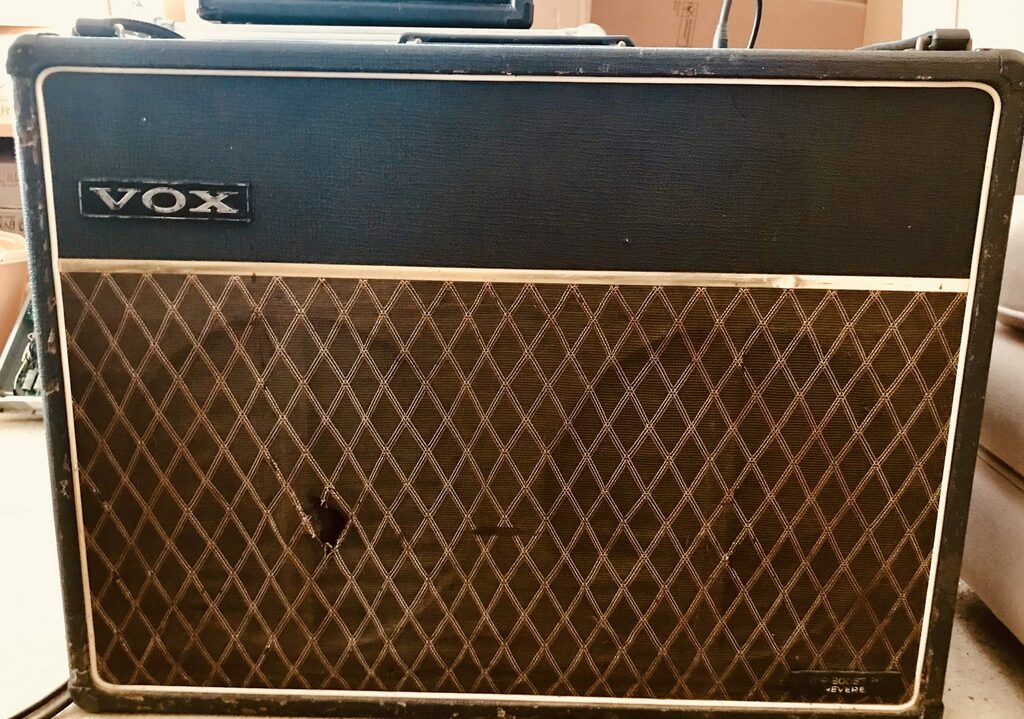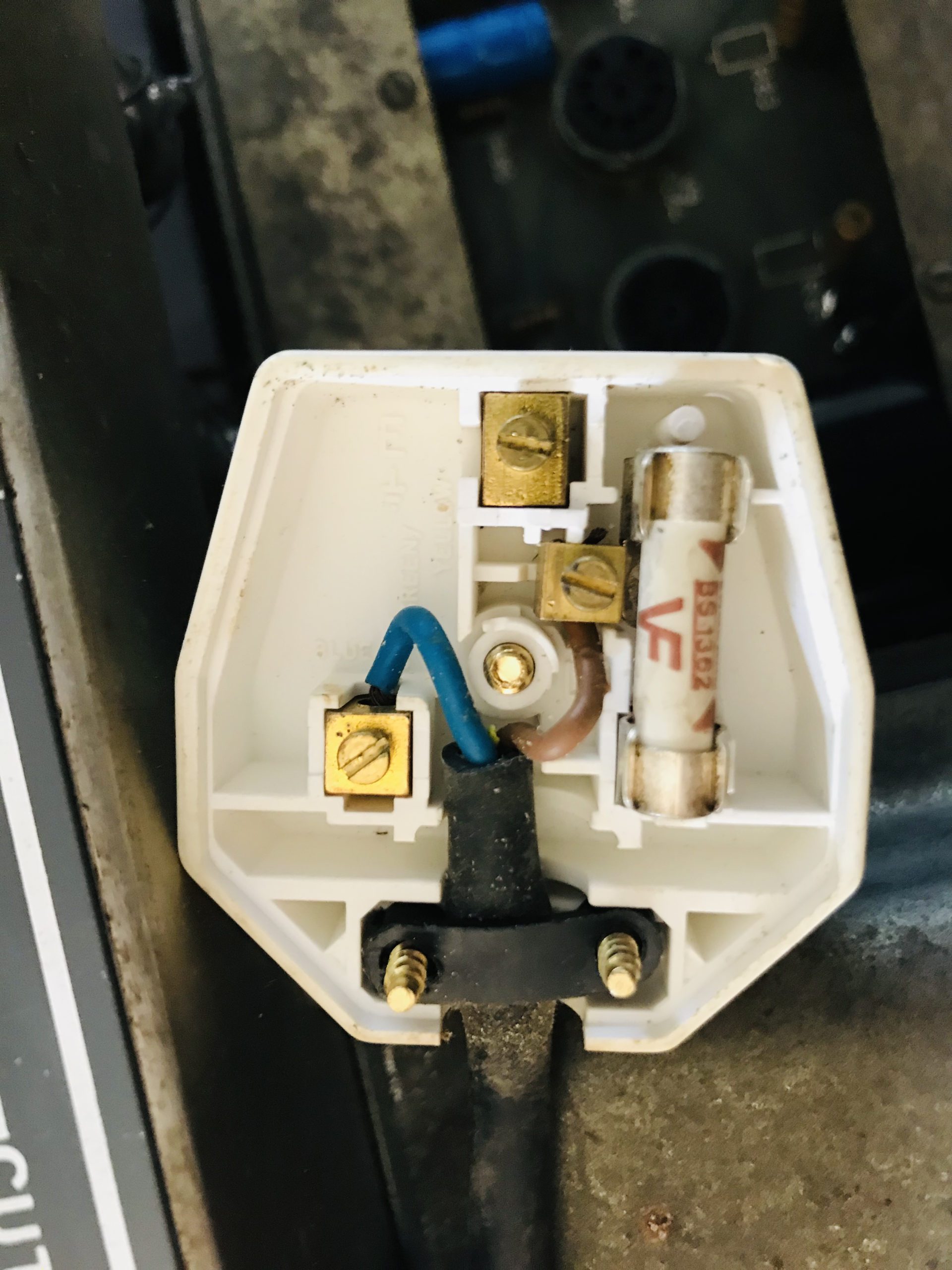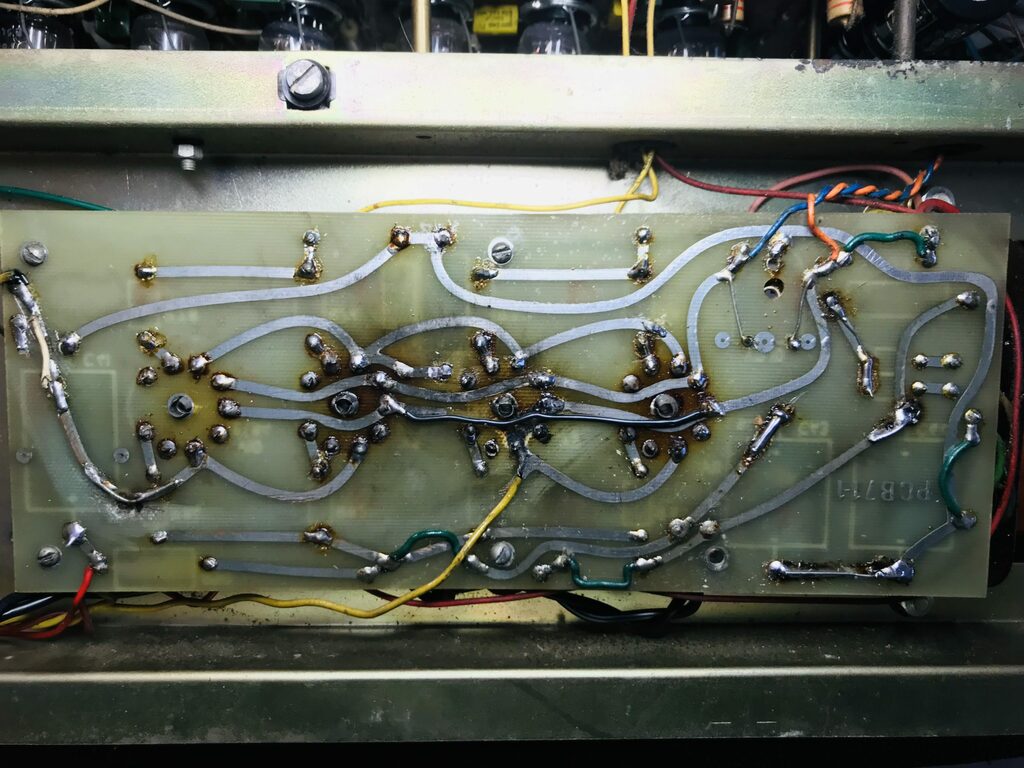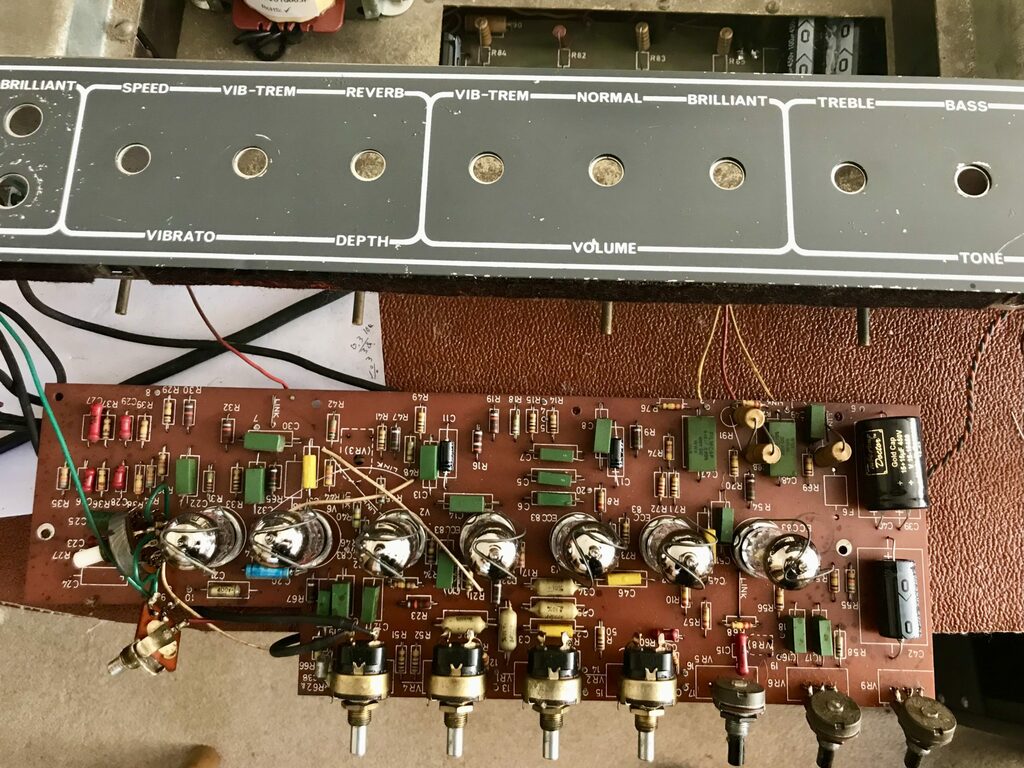Early 70’s Vox AC30 (Birch Stolec) Revived
Background Info
When Jennings Musical Instruments ceased operations, the assets were bought by an organisation called Birch Stolec and they created the company Vox Sound LTD.
This is a rare model. It is worth noting that the example of this model which is shown on the website https://www.voxac30.org.uk/vox_ac30_birch_stolec_1971-1973_vsl.html
This AC30 was created to have all the features of an AC30 plus reverb. The target was also to reduce manufacturing cost at the same time. The construction is on printed circuit boards. A logical approach because at that time consumer products such as transistor radios were being made using printed boards.
Identifying the problems
The key problem that emerged especially with the power valves is that the heat over time wrecked the printed circuit board with tracks lifting off the board. You should keep in mind though that this was one of the earliest amp designs to use pcb’s. Hindsight is a wonderful thing! The amp is also half a century old.
Starting with the basics, I checked the mains plug to find the earth wire had been cut off ! – lethal.
It was duly re-connected and the amp PAT tested. The earth loop test still failed. I cleaned the earth terminals in the amp and a good trick is also to clean the pins on the mains plug. was fitted with a correct value fuse. An initial PAT test now at least made the amp safe ( but still not working)
Digging into the issues
There are two pcb’s in this amp. One has the power supply ( solid state rectifiers) and the output stage. Only two rectifier diodes to save the price of a GZ34 rectifier. The second board has all the pre-amp valves and associated power supply
The valves were all badly worn. One was broken.
Power supply capacitors were bulging and so, if not failed already had failed. All were original so all were replaced including the pre-amp valve decoupling capacitors. It was challenging to find ones that would mechanically fit on the pcb and did not have excessively long delivery times
Inspection of the power supply/output stage immediately indicated that the choke mountings were broken and had been lashed together with washers of various sizes. It was hanging off the chassis. While the choke worked, I replaced it with a new one.
The speakers were incorrectly wired for 8ohms and then connected to the 16 ohm output of the amp. . Speakers were wired in series for 16 ohms and the weird added sockets on the back panel were dis-connected.
Output and Power Supply Board
The heat had really got to this board. Tracks were lifting off and hanging by a thread or broken. A lot of re-wiring and re-soldering to bridge all the faulty tracking and re-soldering of dry joints. Capacitors were changed on this board. One or two resistors on this board had drifted high in value and were replaced.
Pre-amp Board
This board is in better condition but a number of pcb tracks had to be re-created using hand wiring. Untidy wiring during construction of the amp was tidied up to improve robustness .
The amp at this point kind of worked, but there was still crackling and noisy pots. A number of preamp anode resistors were replaced as they were noisy.. The noisy pots were due to DC volts on the pots due to the inter-stage signal capacitors leaking DC. A common event in 50 year old capacitors and the interstage signal capacitors were replaced. The bass terble and cut pots had been replaced in the past with really cheap pots and they were so worn they were intermittently working. They were replaced with nice CTS pots.
Valves/Tubes
All the valves were replaced as the ones that were not broken were totally worn. EH EL84’s and EH12AX7’s were fitted. A JJ ECC82 for the oscillator . See comments on the reverb for the last valve fitted. All these valves are available in our shop. Here are some links to help you find them
Reverb
The reverb tank was totally missing. It was probably removed when a former owner thought the tank was faulty. Frustratingly, the issue was faulty reverb drive circuit !! It is worth noting many folks replace reverb tanks. I have never replaced one tank in any amp. They are incredibly reliable and durable.
These amps used a cheap but unique reverb tank. This required very little drive and had a high output signal. It used piezo electric mono record player cartridges. Little drive to the tank was needed and enough output to feed into the high impedance mono record cartridge
These tanks are no longer available. I obtained a modern reverb tank which has the highest impedance available in the market. I had to source this from Berlin. However its impedance was much lower than the original tank. I did not want to carve up the pcb so my compromise was to use a JJ ECC823. One half is an ECC83 and the other an ECC82. I did not have to start carving up the pcb to use this valve. I now had the higher drive ECC82 half ( with appropriate component value changes) to feed the reverb tank. A more common valve for this application is the 12DW7 however it would have needed tracks cut on the board and yet more wire bridging on a board that was already fragile.
Other minor fixes
The vibrato capacitors needed replacing as they had drifted and the oscillator stopped in its tracks.
The amp had to have the typical treatment for an amp of the 70’s. Case and innards detoxed ! All the nicotine and sticky tar was removed
Finally Back alive
The amp was PAT tested and now all ok. It sounded just lovely. This was the first time this amp had worked since 1991 and the owner said it had never worked since he bought it in 1984. He was thrilled to hear it working properly for the first time!
I imply that the amp was poorly made but we have to keep in mind the amp is half a century old. It needed work but it is sounding as good as ever. How many mobile phones can be fixed 50 years from now?




